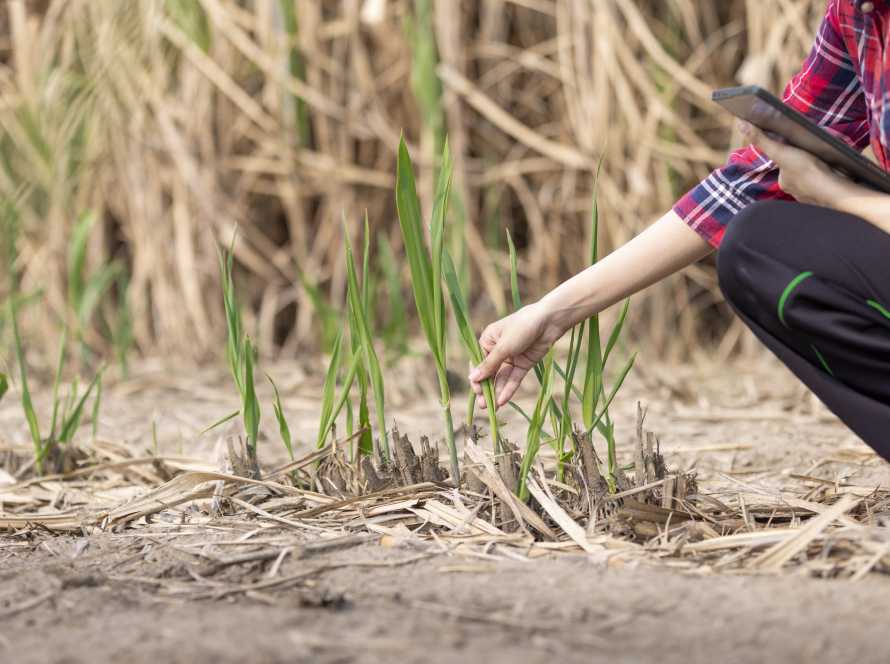The VIVE Programme is proud to share an exciting update – VIVE Climate Action’s carbon foot printing tool has recently undergone a third-party independent verification by Circular Ecology, which has positively established VCA’s conformance with robust carbon foot printing methodologies in the Agriculture, Forestry and Other Land Use (AFOLU) sector, specifically the PAS 2050:2011 standard as well as SBTi FLAG guidance’s.
The successful outcome of this review process enhances VIVE’s credibility and reputation with industrial buyers who require technical robustness and transparency when engaging with various sustainability initiatives; considering the ambitious and publicly available science-based targets which they have set. It continues demonstrating the value of VIVE Climate Action (VCA) as a key tool for providing carbon transparency and importantly, supporting industrial buyers to implement targeted decarbonisation initiatives in the supply chain.
The review process took several months and was conducted in line with a limited assurance verification from ISO 14064-3:2019 “Specification with guidance for the validation and verification of greenhouse gas assertions”. The objectives of the verification were to establish whether or not conformance with the PAS 2050:2011 standard had been achieved. Specifically, the verification criteria were to review:
- The Crop Model’s GHG calculations for accuracy, relevance, completeness, consistency, transparency, and omission;
- Background data for accuracy and traceability, and adequacy of data information and control systems for entering primary data; and –
- Against the principles of carbon accounting: relevance, completeness, consistency, and transparency.
- Importantly, this review has positively established VCA’s conformance with robust carbon foot printing methodologies in the Agriculture, Forestry and Other Land Use (AFOLU) sector, specifically the PAS 2050:2011 standard as well as SBTi FLAG guidance.
What does this mean?
What gets measured, gets managed.
Industrial buyers and producers alike can remain confident in VCA’s robust and methodologically accurate process for calculating crop-specific emission factors. Country level averages may suffice for getting a general picture on emissions in the supply chain, however, implementing decarbonisation initiatives in the supply chain relies on collection of supply chain specific primary data and calculation of crop-specific emission factors.
Stay tuned for more updates on how the VIVE Programme plans on further bolstering VCA’s utility and continue delivering impact in the global commodity supply chains.




